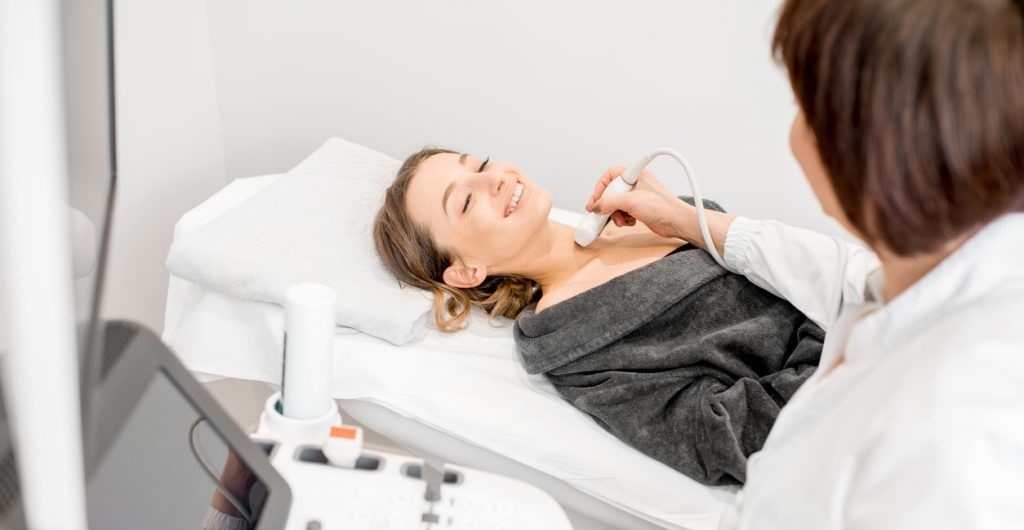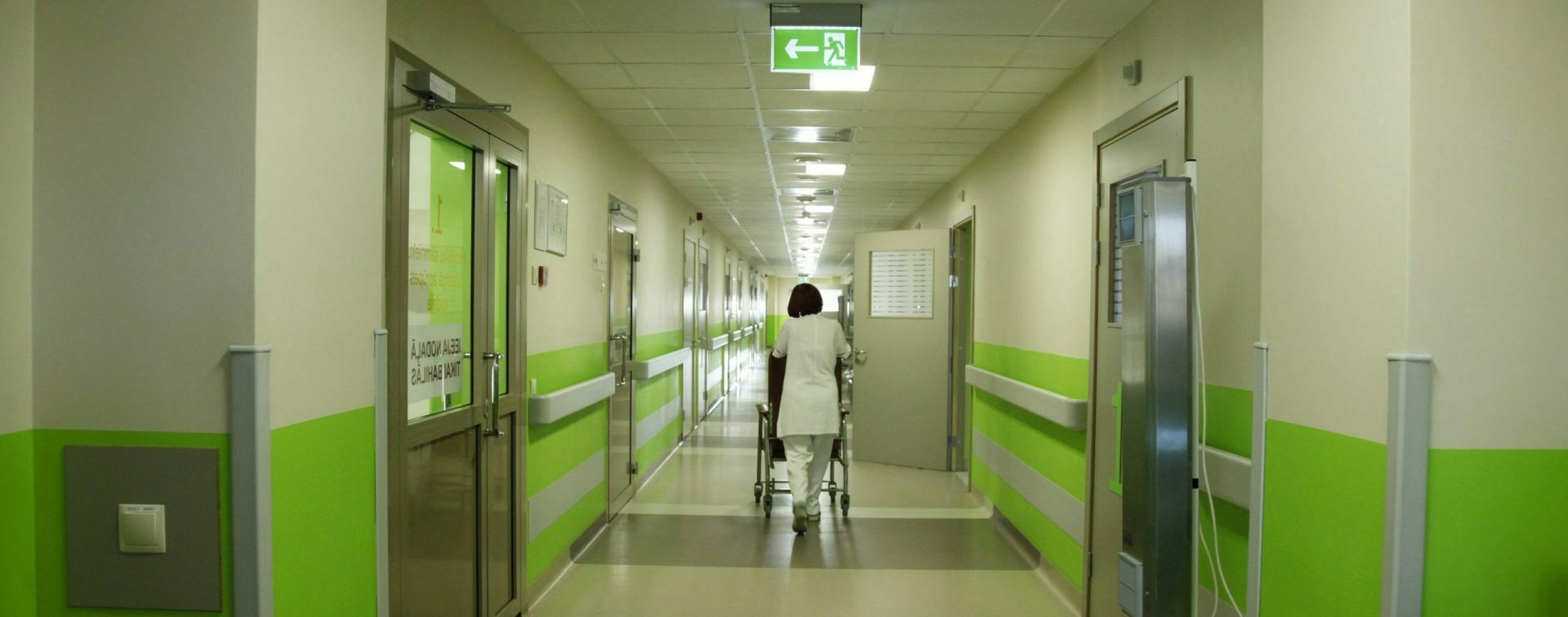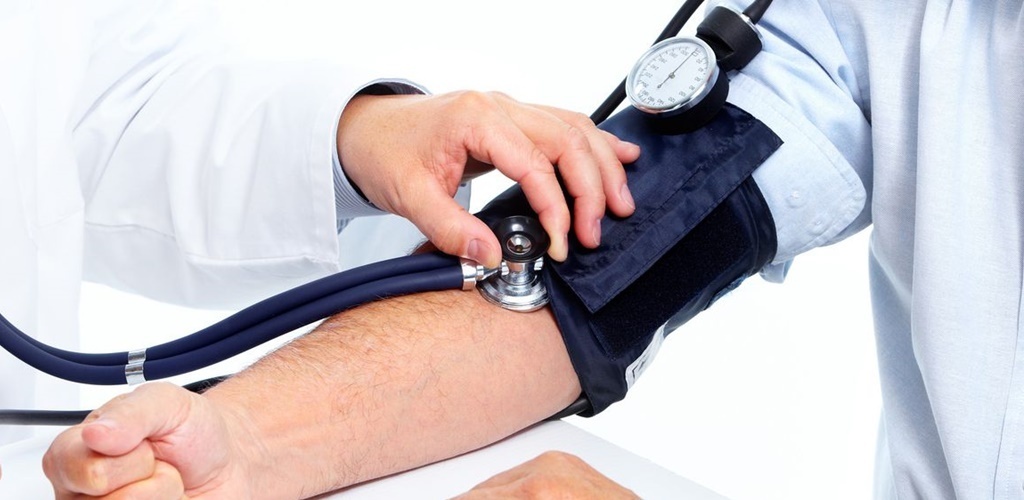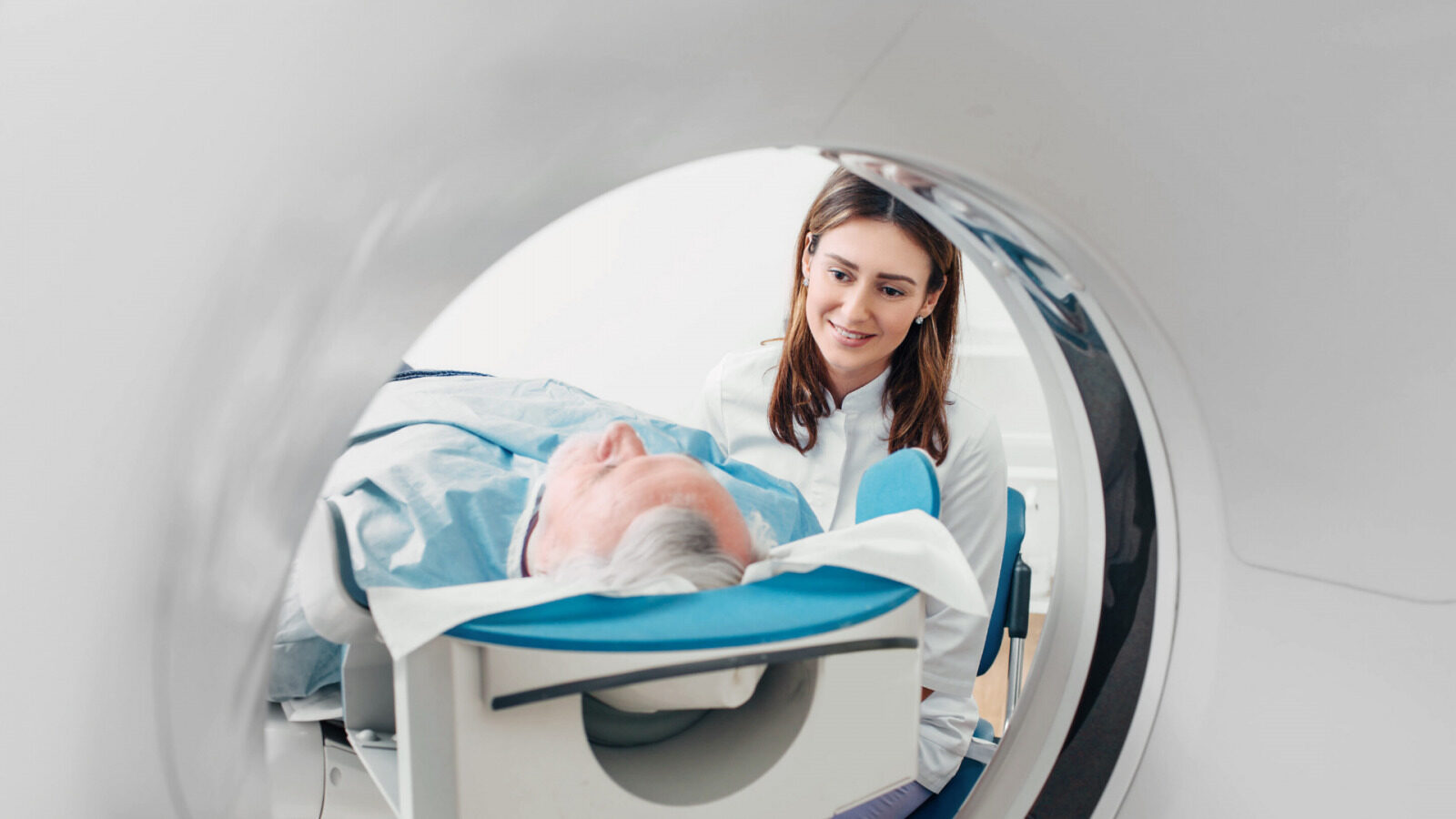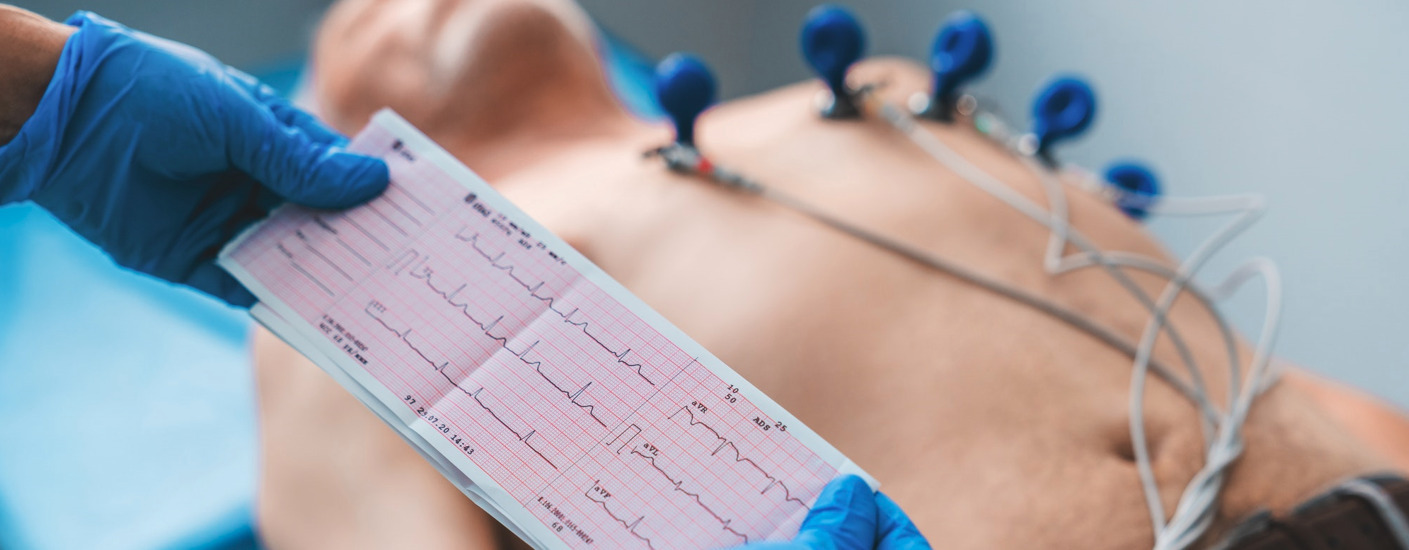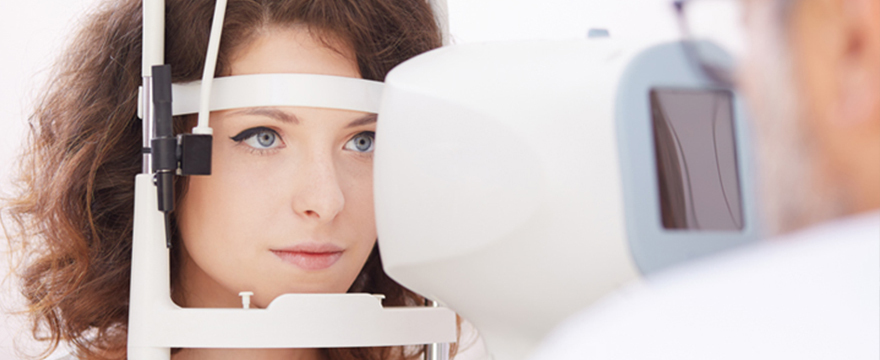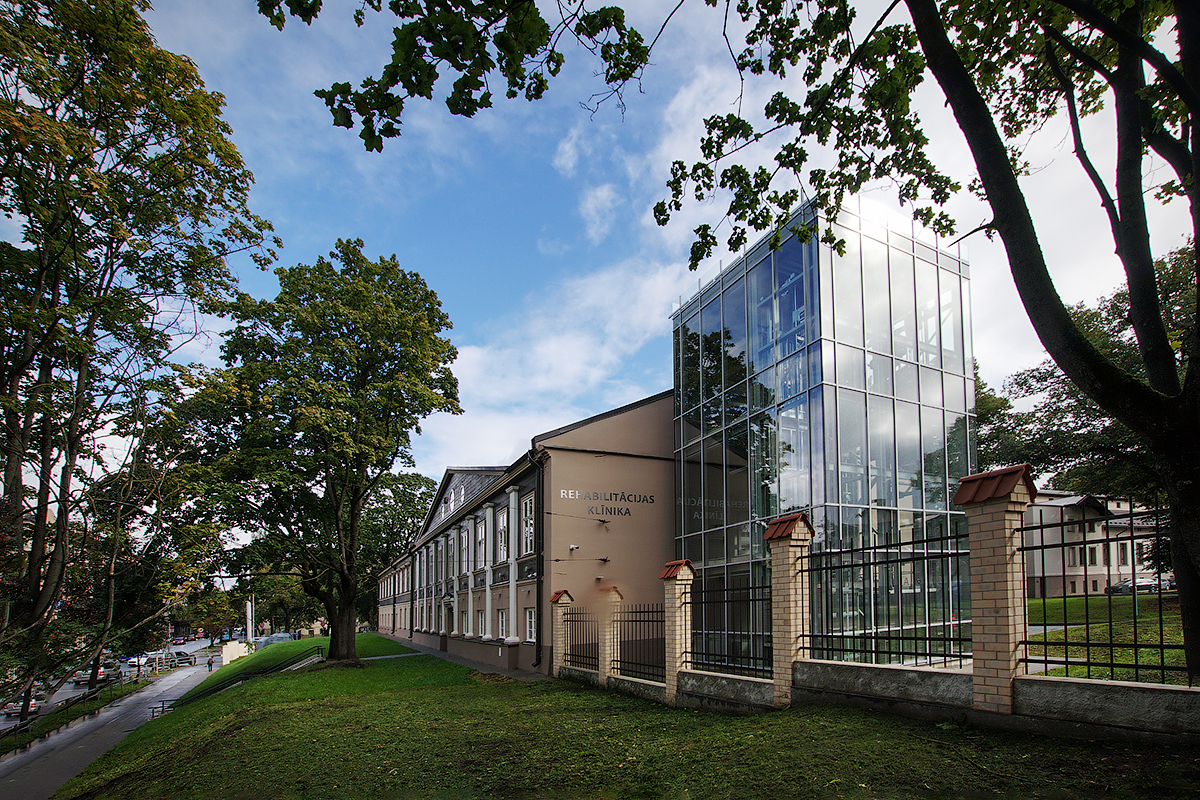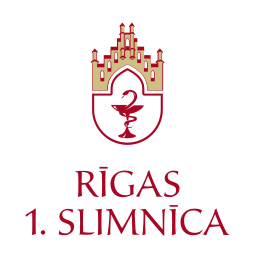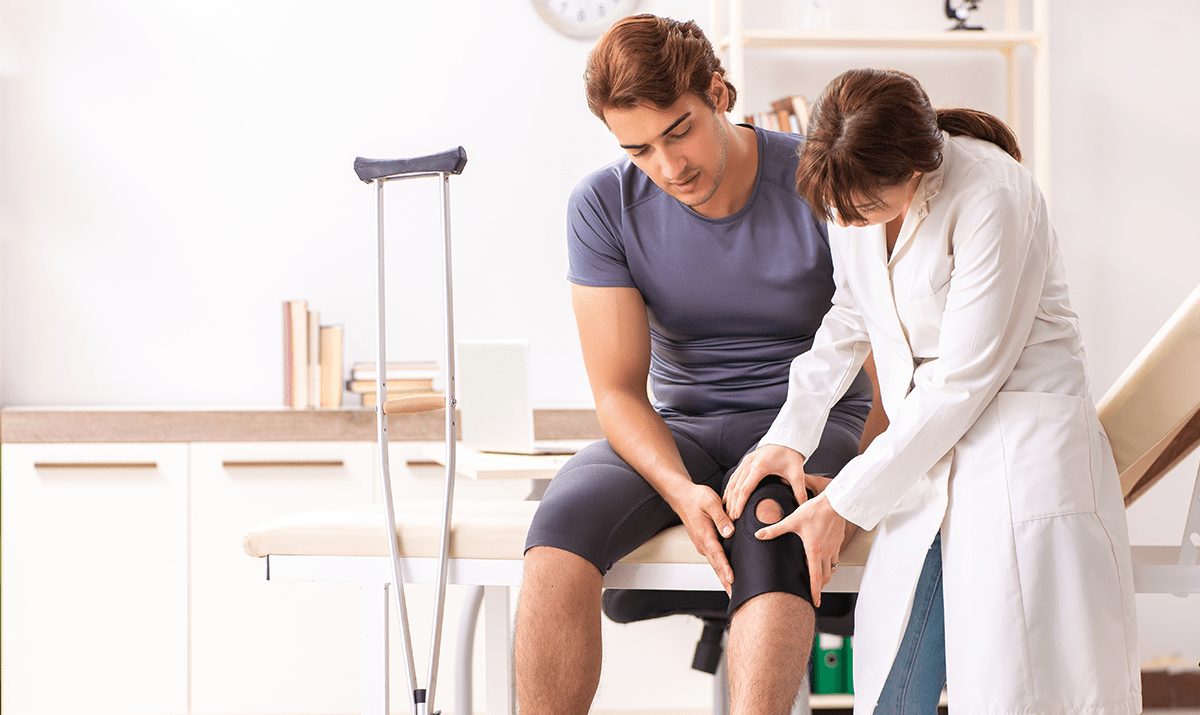
A traumatologist-orthopedist is a specialist in diagnosing and treating congenital and acquired deformities, diseases, injuries, and functional disorders of the musculoskeletal system in adults. This includes bones, joints, ligaments, tendons, and muscles.
What services do traumatologists-orthopedists at Riga 1st Hospital provide?
Our hospital’s traumatologists-orthopedists diagnose and plan treatments for bone and joint conditions in various situations.
1. Consultations
A traumatologist-orthopedist provides consultations for:
- Pain or discomfort in joints, muscles, or the spine,
- After various injuries,
- Acute and chronic conditions,
- Age-related changes in the musculoskeletal system.
2. Surgical interventions and operations
In orthopedics, precise imaging diagnostics are crucial. The Diagnostic Radiology Clinic at Riga 1st Hospital offers digital radiography, ultrasound, CT scans, and high-resolution 3T MRI exams.
The traumatologist-orthopedist:
- Creates a personalized treatment plan for each patient,
- Determines whether conservative or surgical treatment is needed.
Patients often require a comprehensive approach, so our traumatologists-orthopedists work closely with other specialists, including neurologists, vertebrologists, pain specialists, rheumatologists, and physiotherapists.
3. Platelet-rich plasma (PRP) therapy
PRP therapy is a method for treating cartilage defects, aiming to reduce joint pain. The process includes:
- Drawing a small blood sample from the patient,
- Processing the sample to concentrate the platelets,
- Injecting the platelet-rich plasma into the affected area, such as joints, ligaments, or muscles, to promote healing, reduce inflammation, and improve tissue condition.
When can a traumatologist-orthopedist help?
At Riga 1st Hospital, a traumatologist-orthopedist provides assistance in the following cases:
- Wound care (skin and subcutaneous),
- Removal of stitches from a wound or fistula,
- Immobilization with plaster or removal of a plaster cast,
- Incision (opening superficial tissues) with/without drainage for conditions like boils, abscesses, carbuncles, or mastitis,
- Trepanation or resection of a finger or toenail,
- Nail ablation with nail root destruction,
- Medicinal nerve block for pain relief,
- Parasite removal from tissues,
- Removal of wires, rods, external fixation devices, or other fixators.
When not to delay a visit to the traumatologist-orthopedist?
A visit to the traumatologist-orthopedist is crucial in many situations. We recommend booking an appointment if you experience:
- Fractures, dislocations, bruises, sprains, tendon, or muscle injuries,
- Knee joint instability,
- Foot or joint pain,
- Chronic musculoskeletal disorders,
- Bone deformities.
Common injuries and treatment methods
Bruises
These are some of the most common injuries, ranging from minor subcutaneous bruising to large hematomas that sometimes require surgical treatment.
In the case of bruises or sprains, follow the RICE principle:
- Rest: Avoid further injury to the affected area.
- Immobilization: Immobilize movable areas such as joints.
- Cold: Apply cold compresses for 20-30 minutes several times a day to alleviate pain and reduce swelling.
- Elevation: Elevating the injured limb improves venous return and reduces swelling.
If there is significant pain and swelling, immobilization with a plaster splint may be required for a few days to allow healing to begin.
Wounds
The goal of wound care is to close the wound quickly, stop bleeding, and prevent infection.
Animal bites
Complications from animal bites often include soft tissue trauma, infection, and psychological stress. Antibiotics are usually prescribed for bites that penetrate deeper than the epidermis to prevent infection.
Tendonitis
Tendon inflammation manifests as pain, discomfort, swelling, or limited movement. Tendonitis can cause pain that radiates up or down from the affected area. Tendonitis in the fingers or hand may result from overuse, prolonged repetitive movements, or strain.
Tendonitis treatment by a traumatologist-orthopedist may include:
- Conservative: Exercises, rest, and medication.
- Medication: Injections or other treatments.
- Surgical intervention if necessary.
What is synovitis and how is it treated?
Synovitis, or “water on the knee,” is often a sign of internal joint damage. Excess fluid production in the joint can be caused by:
- Mechanical irritation: Such as a torn meniscus,
- Biochemical factors: Including viruses, toxins, or bacteria,
- Degenerative changes: Such as osteoarthritis,
- Overuse injuries: Fluid accumulation in the prepatellar bursa,
- Systemic diseases: Like rheumatoid arthritis or gout,
- Joint cysts: Such as Baker’s cysts, which can form with prolonged knee flexion,
- “Joint mice”: Loose bone or cartilage fragments in the joint.
How to remove excess fluid?
If excess fluid causes significant pain or limited movement, a traumatologist-orthopedist can remove it using a syringe. The procedure brings immediate relief by reducing joint swelling.
Joint aspiration can also be performed for diagnostic purposes. The appearance of the fluid can help diagnose potential intra-articular fractures or ligament injuries.
Children’s surgeon
A pediatric surgeon specializes in diagnosing, treating, and providing emergency care for congenital anomalies, surgical diseases, and traumatic injuries in newborns, children, and adolescents up to 18 years old.
Consultations for any surgical conditions in children include:
- Hernias,
- Hydrocele,
- Varicocele,
- Phimosis,
- Benign skin and subcutaneous growths,
- Treatment for traumatic injuries or orthopedic deformities.
Need a consultation with an adult traumatologist-orthopedist? Book an appointment and receive high-quality care from experienced specialists at Riga 1st Hospital!
Other related services
